We first came to know about Kaas Pathar from a friend of Ekta who had gone there last year and had loved the place. So this year when the season came, we decided to pay a visit to the place. This plateau of flowers remains crowded with tourists during the weekends of the blooming season therefore we decided to go on a weekday.
Kaas Pathar is a plateau made from volcanic rocks in the Satara district of Maharashtra, and comes under the biosphere of the Western Ghats. Hailed as Maharashtra’s answer to the Valley of Flowers, Kaas is famous for its overwhelming carpets of flowers which come alive by the fag end of monsoons in the region. In monsoons, the plateau receives an average rainfall of 2000 mm. Much of this water seeps through the porous laterite rocks. During the season, the whole area is covered with flowers of varying colors, the dominant color changing with the time of the year. More than 450 species of flowers, orchids and even carnivorous plants such as Drosera Indica are found in Kaas.
Though by this time we had gotten used to the immense natural beauty of the Sahyadris, a huge table top plateau with a carpet of green, yellow, violet, white and red hues and mist hanging close to the earth, the plateau was looking magnificent in its early morning glory. The protected area is fenced and we were allowed to park our vehicle outside in the parking lot. The air was chilly and windy and we kept shivering till the sun showed up. The crowd was thin at this time and there were mostly photography enthusiasts with big cameras and even bigger lenses lying down in mud to take close-up shots of the flowers. This place seemed to be the biggest test of any skills I have acquired as a photographer; in the end I can only say that the photographs have not come even half as good as the real beauty of nature in Kaas.
Spread over 1000 acres, Kaas is a protected bio diversity reserve and has been designated as World Heritage Nature Site by UNESCO. The ecosystem of the plateau is very fragile, the layer of soil over the volcanic rocks is at times just a few centimeters thick, and many of the plant species endemic to this area are already in the endangered list. The usual callousness of the average Indian tourist (and worse – picnicker) only ends up making things worst. Since we had reached just a day after a crowded Sunday, the ravages of human activity were all the more visible in the form of trampled flower beds and destroyed plants. We were disgusted to see one middle aged fool who plucked a few flower plants by their roots, just for fun. It is appalling to note how selfish and insensitive we are in our attitude towards Mother Nature, we do not think for a moment that this planet is not just what we have inherited from our ancestors, but also what we have borrowed from the future generations…
Tips for enjoying the beauty of Kaas Plateau
- If you plan to leave there, any thing other than your footprints, please stay at home. Kaas is too fragile to bear the brunt of plastic /beer bottles, discarded plates or loud music blaring from car stereos.
- Best season to visit is from August to mid October.
- Avoid weekends, thousands of picnickers arrive in Kaas during the weekends and you will see more people than flowers. Weekdays are best for the visit and mornings are preferable.
- Wear shoes with good grip, carry a raincoat and some warm clothes. Umbrellas are useless as the place is too windy.
- Drive very slowly, enjoy the scenery and do not trample reptiles and small animals on the road. Do not drive off the road, by doing so, you will only destroy some rare species of plants.
- Have fog lights on your car, Kaas can be very foggy on most days and visibility is usually poor on the road.
- Do not pluck flowers or uproot plants. Do not walk over flowerbeds. Do not walk in grass, there may be snakes around.
- Keep a magnifying glass with you, it will come handy and surprise you in ways you would not have imagined.
- Do not venture out in the night. The plateau is frequented by wild animals like wild boars and leopards.
Some tips for Photographers
- Go as close as possible. If you have a DSLR with a macro lens, use it.
- Do not always shoot from the top. Try different angles. Do some exercise.
- Keep the aperture open. The shallow depth of field will result in good bokeh with blurred backgrounds.
- The strong winds make focusing a problem. However the winds slow down every few minutes. Wait for these opportunities to click the shutter.
- Use a table tripod if you have one.
- Use the vivid mode of the camera.
- Protect the camera against the strong winds and moisture.

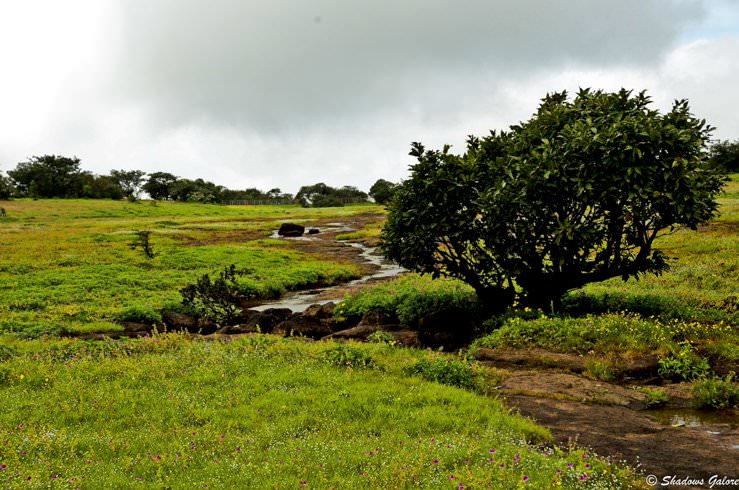
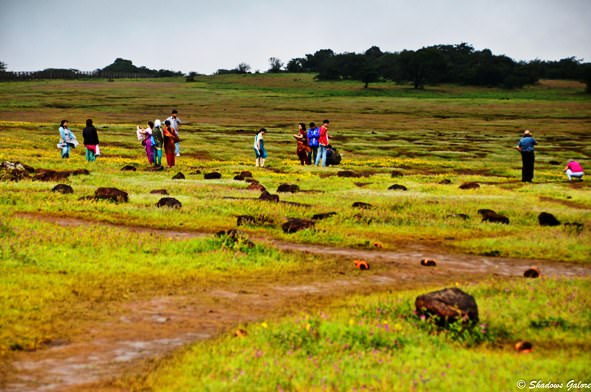
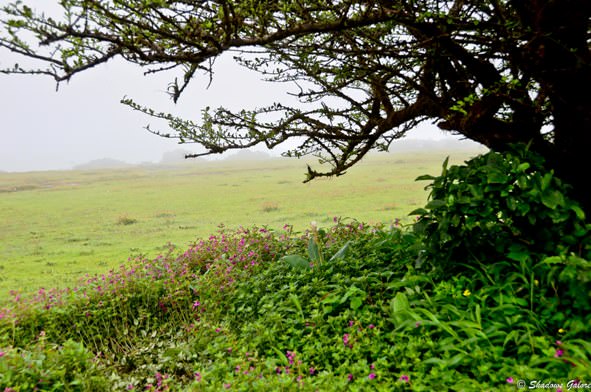
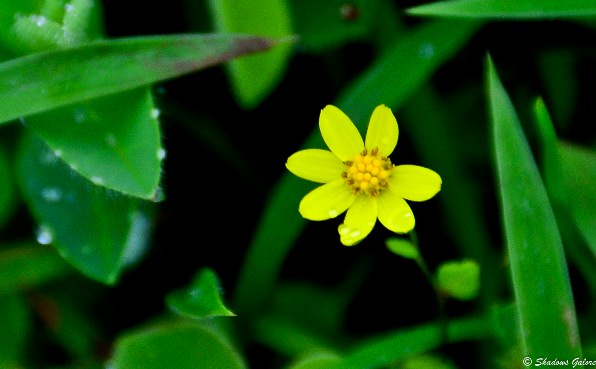
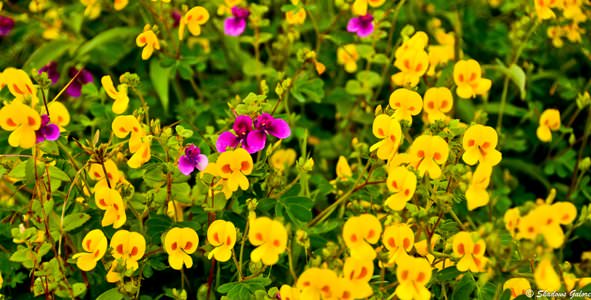
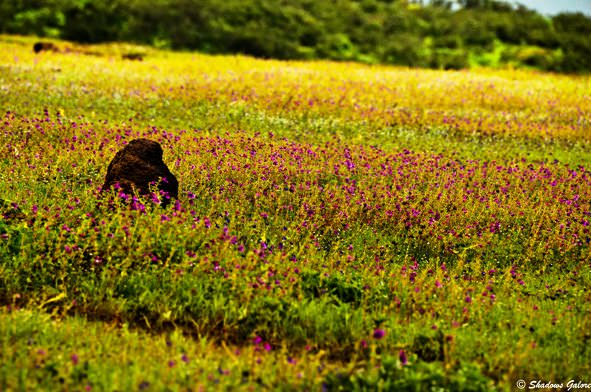
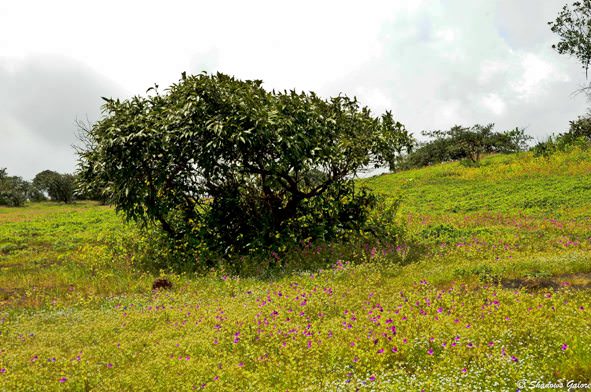
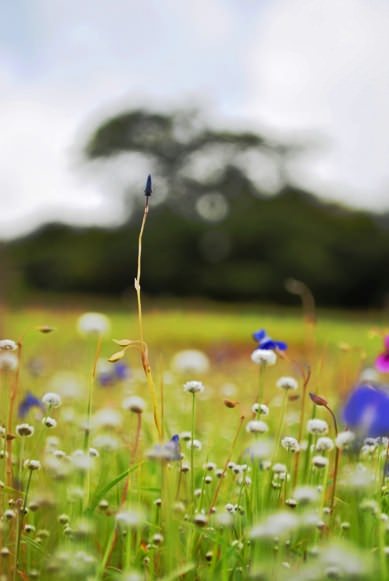
This is so serene and Lovely places and looks like you had a great fresh time.. 🙂
Thanks Harsha 🙂
Beautiful pictures, thanks for sharing. Shame about some of the visitors though.
Thanks Pratibha .. yes, the visitors need to be a little more sensitive.
Breathtaking pictures! Thank for for all the tips.
Never heard of this place before! Hopefully I’ll be able to see it this year. Lovely photos.
Hi Chaitali, If you are near Pune or Mumbai, you should be able to see this place by September.
Thanks for letting me know!